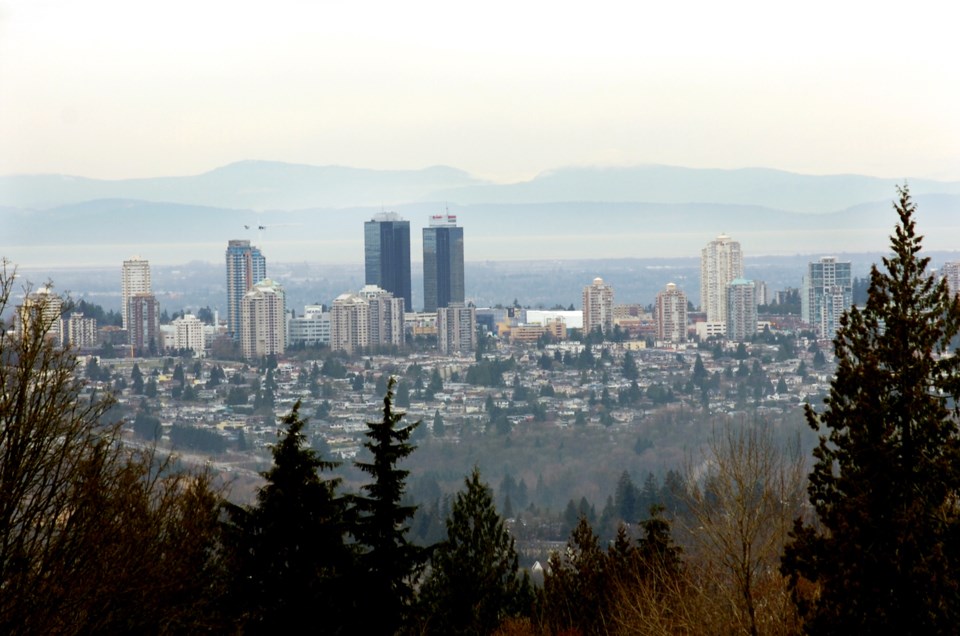Dear Editor: Re: ‘Monstrous’ tower raises residents’ ire, Burnaby NOW, March 30.
Without getting embroiled in the valid neighbourhood concerns of this development, I feel compelled to respond to some of the mayor and council comments with respect to a proposed 46-storey condominium tower to be built at the northwest corner of Lougheed and Springer Avenue.
“Corrigan said the objective is to make sure as many residents as possible are taking SkyTrain and the city has already noticed a reduced need for parking in towers because of rapid transit.”
Towers do not necessarily lead to more transit use and fewer cars. In fact, our analysis of 2016 census data from Metrotown undermines the mayor’s assertion. Census dissemination areas where new towers have been built and occupied show that residents are more likely to drive than take SkyTrain compared to residents occupying buildings in areas where demovictions had not yet taken place. Station Square, the Silver and Moda towers constructed before 2015 have vehicle usage rates at least 10 per cent higher than that of the older lowrises. In well-maintained older buildings along Willingdon Avenue in Metrotown, we see transit usage over 70 per cent compared to the city average of around 40 per cent.
“The alternative to Burnaby going vertical, he said, is suburban sprawl in the Fraser Valley, which could cause commuters to clog Burnaby roads even more than they already are.”
In addition to the extra traffic associated with redevelopment in Metrotown and other town centres, Burnaby’s housing policies are actually contributing to urban sprawl by driving low- and middle-income families out due to unaffordability and loss of affordable rental stock. The annual population growth rate in Burnaby between 2011 and 2016 was 0.86 per cent. In Surrey it was 2.12 per cent; in Langley, 2.52 percent. While areas like Metrotown are seeing huge increases in population density, many single family neighbourhoods saw a decline in their numbers because working families cannot afford to live there.
“Coun. Colleen Jordan, who chairs the city’s planning committee, said a Metro Vancouver regional growth strategy determined Burnaby will need to add 2,000 residential units a year to keep up to Greater Vancouver’s growing population.”
The Regional Growth Strategy’s 2011 projections were never met in Burnaby. When they were revised in 2015, Metro lowered its population estimates by 7,000 to 270,000 by 2021 (3.2 per cent annually), but increased Burnaby’s housing projections by 2,800 to 117,800 by 2021. According to the census, there are over 98,000 occupied dwellings in Burnaby compared to 86,800 dwellings in 2011. Additionally, according to CMHC statistics, Burnaby had a net loss of 712 rental apartment units between 2010 and 2017.
We need a better, honest development plan. Dwelling growth since 2011 has increased 2.6 per cent annually while population has only increased 0.86 per cent.
The question is, will Burnaby residents continue to vote for politicians that are not acting in the best interest of voters?
Rick McGowan, Burnaby



